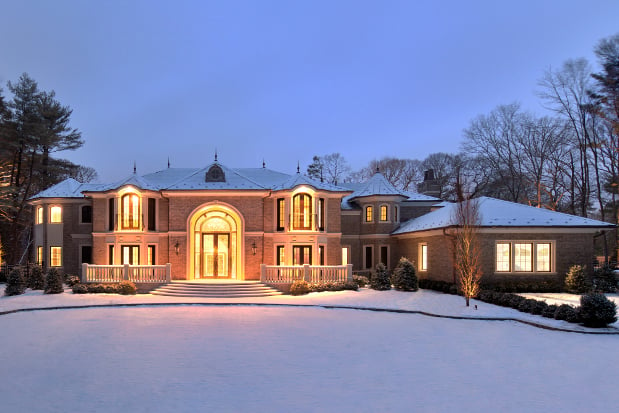
The best way to get through cold weather is to be prepared for it. In areas where long periods of cold weather are simply a part of life, having a winterized house is extremely important. As fuel and electricity costs continue to rise, knowing the best and most effective ways to keep your home warm without wasting money and energy is even more important. A winterized house is one that will not only withstand the bitter cold, but may even offer some relief from cooling costs during the summer, too! Here are some cold weather tips that will ensure you have all the necessities to keep you and your home safe during the most bitter of winters, and may even improve its performance year round.
Insulation for Homes: Upgrading a Classic
Older structures are notorious for having insufficient insulation. When fuel costs were lower, people could afford to simply turn the heat up when the weather got colder. However, insulation for homes is now far more important as concerns over the environment, as well as concerns over our household budgets, are increasing every heating season. Blown-in insulation is an exceptional tool for increasing a home’s winter efficiency, even in classic homes where the original construction might make rolled or sheet insulation difficult to install. Having a professional come in and inspect your home to see where insulation upgrades will make a difference is an idea that could end up paying for itself in the long run. Just make sure to call for inspection before cold weather hits.
While having adequate insulation for homes in cold climates is a good start, you also need to reduce the amount of heat transfer around windows, doors, and other openings that can greatly affect the efficiency of the structure. The amount and quality of insulation in new constructions is generally sufficient to weather even the coldest of winters produce without much trouble. In fact, newer homes are getting so airtight that additional ventilation is often necessary to keep indoor air quality desirable. When an older home becomes a winterized house, it can also be necessary to supplement its ventilation, as it will no longer have the gaps and drafts that allow it to “breathe”. A truly winterized house is not just airtight, but upgraded with the equipment necessary to keep it comfortable, as well.
Winterized House Checklist
Creating a winterized house includes several smaller tasks that you can do yourself at the beginning of each heating season. Use our “winterized house checklist” to protect your investment and keep the cold outside where it belongs!
- Close cut-off valves to and open all exterior faucets. For pipes prone to freezing, leave nearby faucet dripping on coldest nights. Bring in all outside hoses.
- Be prepared with back-up heat sources such as firewood or space heaters.
- Don’t use kerosene heaters in an enclosed space.
- Don’t heat up the car in the garage with the garage door closed.
- Make sure your chimney damper is closed when not in use.
- Make sure you have snowmelt and a snow shovel on hand.
- Check that all storm windows and windows are closed and latched.
- Make sure that attic insulation does not cover eave or soffit vents.
- Close curtains at night to help insulate windows.
- Minimize use of kitchen and bath exhaust fans.
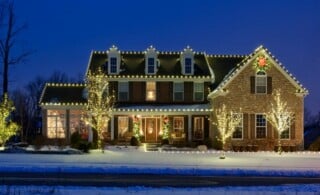 Holiday Gifts in Danger?
Holiday Gifts in Danger? 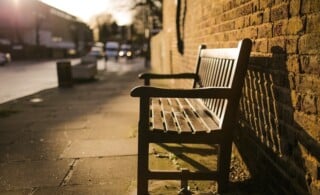 Best Cities for Sidewalks and Winter Safety
Best Cities for Sidewalks and Winter Safety  11 Home Security and Safety Tips
11 Home Security and Safety Tips 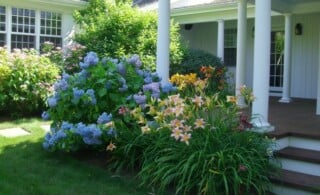 Spring Garden Flower Tips and Suggestions
Spring Garden Flower Tips and Suggestions 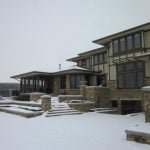 How to Winterize a Vacant House
How to Winterize a Vacant House 

Hi, the last suggestion on the “Winterized House Checklist” states to minimize use of kitchen and bath exhaust fans. Why are you recommending this be done and how does not using these fans help keep your room/home winterized?
Joanne,
By keeping the exhaust fans off, you will waste less heat. Exhaust fans suck the warm air up and out of the room they are in. Since warm air rises, having an exhaust fan on will be wasting heat.